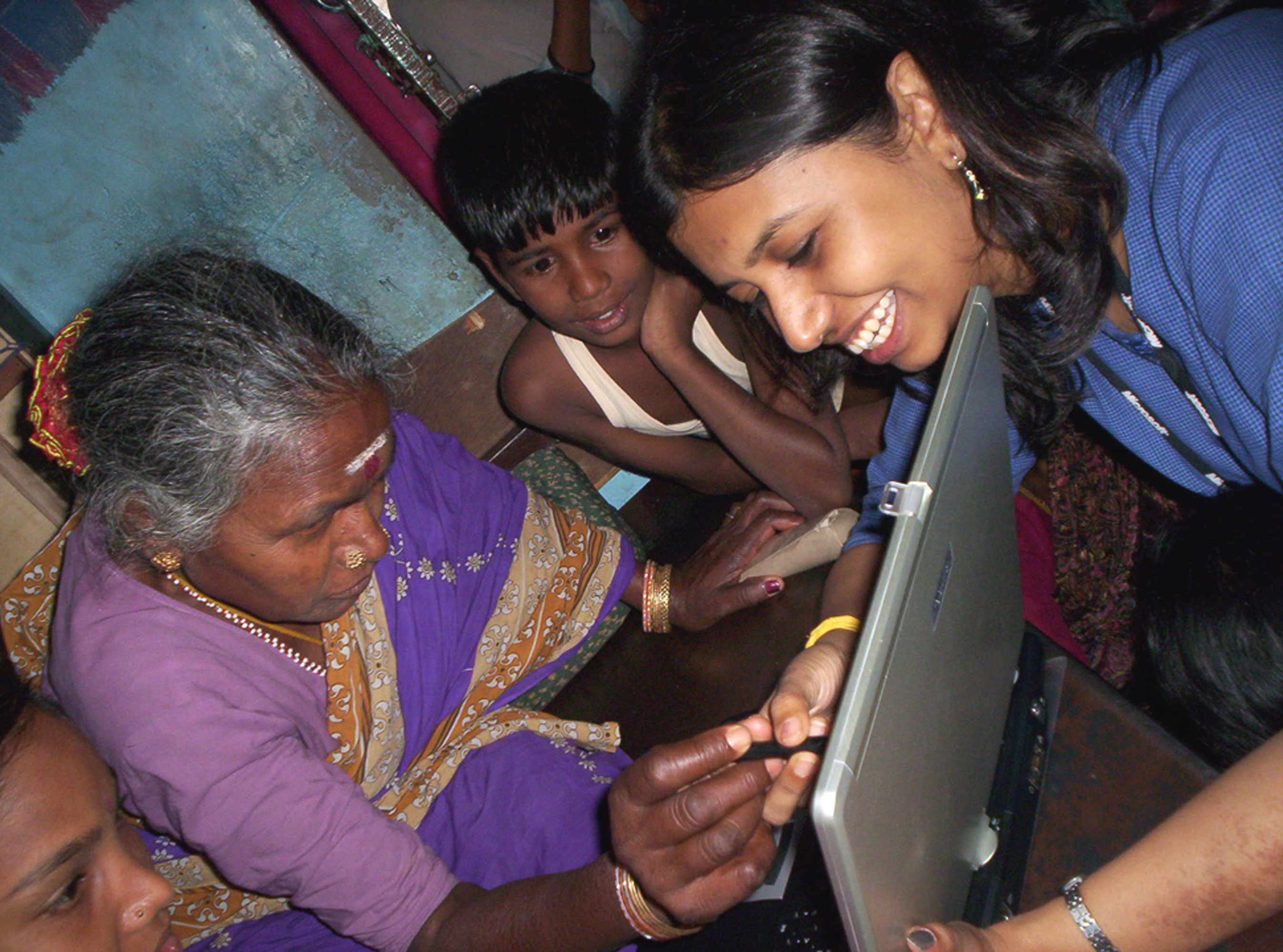One of the greatest challenges in providing information and communication technology access is that about 775 million people in the world are completely non-literate and many are able to read only with great difficulty and effort. Even though mobile phone penetration is growing very fast, people with low levels of literacy have been found to avoid complex functions, and primarily use mobile phones for voice communication only. “Text-Free UIs” are design principles and recommendations for computer-human interfaces that would allow a first-time, non-literate person, on first contact with a PC or a mobile phone, to immediately realize useful interaction with minimal or no external assistance. Through an ethnographic design and iterative prototyping process and rigorous user evaluations, involving more than 700 hours spent in the field and 570 study participants from low-income, low-literate communities across India, the Philippines and South Africa, we established design principles that use combinations of voice, video and graphics. We have applied these principles to designing three PC and mobile phone-based applications:
– Job-search for the informal labor market
– Health-information dissemination
– Mobile-phone-enabled banking and payments
Rigorous user evaluations with test participants confirmed that our non-textual designs were strongly preferred over standard text-based interfaces and that first-time, non-literate users were, in fact, able to navigate through our UIs meaningfully. We have also observed that non-literacy is not just about the inablity to read, but seems to be coorelated with a variety of cognitive skills, such as ability for transfer of learning and understanding hierarchical navigation. We have also studied design implications for UIs for low-literate users given their cognitive skills.
In more recent work we’ve also written a review article that presents existing examples of UIs for novice and low-literate users, which have used various combinations of input-output modalities other than text. This article goes on to discuss strong trends that are starting to emerge in this design space and concludes with opportunities and future directions for research and design of UIs targeted at populations with low-literacy (FnTinHCI’15). Please see here: http://www.nowpublishers.com/article/Details/HCI-047 (opens in new tab)

